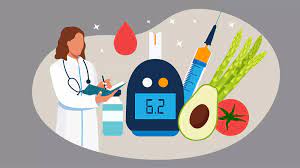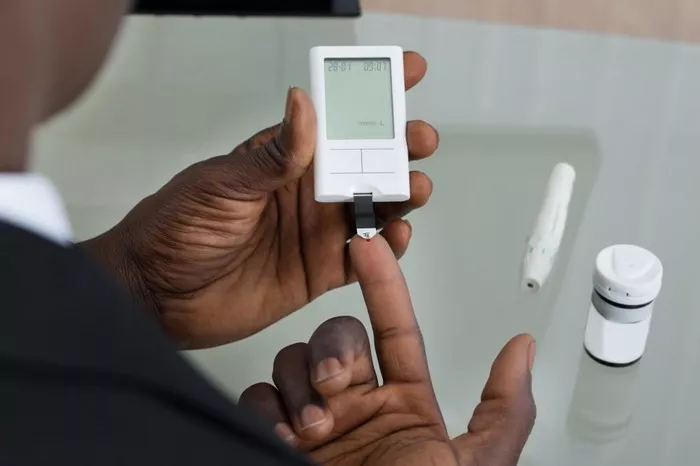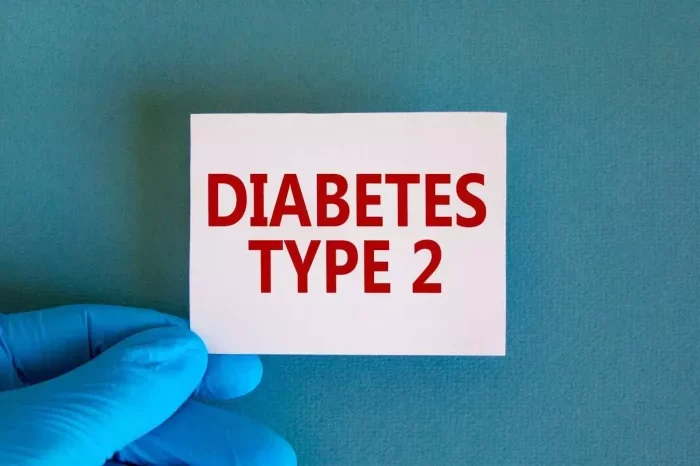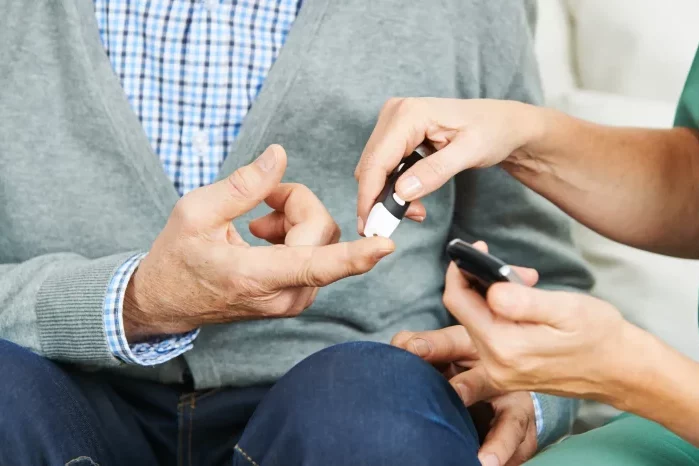For individuals living with diabetes, managing blood glucose levels is a critical aspect of maintaining health and preventing complications. One essential component of diabetes management is monitoring blood glucose levels after eating, known as postprandial blood glucose monitoring. This practice allows individuals to understand how meals affect their blood sugar levels and optimize their diabetes management strategies accordingly.
Factors Influencing Postprandial Blood Glucose Levels
Several factors can influence postprandial blood glucose levels, including:
Carbohydrate content of the meal: Carbohydrates have the most significant impact on blood glucose levels, so meals high in carbohydrates typically result in higher postprandial glucose levels.
Portion sizes: Larger meal portions can lead to higher postprandial blood glucose levels due to increased carbohydrate intake.
Meal composition: The presence of fat and protein in a meal can affect the rate at which carbohydrates are absorbed, potentially impacting postprandial blood glucose levels.
Individual insulin sensitivity: Differences in insulin sensitivity among individuals can influence how the body responds to carbohydrate intake, affecting postprandial blood glucose levels.
Physical activity levels: Physical activity can help lower postprandial blood glucose levels by increasing glucose uptake by muscles and improving insulin sensitivity.
Healthcare providers typically recommend checking blood glucose levels 1 to 2 hours after the start of a meal. This timing allows individuals to assess how their bodies respond to the meal and make adjustments to their diabetes management regimen as needed. However, the timing for checking glucose levels after eating may vary depending on individual factors such as insulin regimen, meal composition, and overall health status.
Importance of Postprandial Blood Glucose Monitoring
Postprandial blood glucose monitoring is essential for several reasons:
- Assessing overall glycemic control: Monitoring postprandial blood glucose levels provides valuable information about an individual’s overall glycemic control and helps identify trends in blood sugar levels throughout the day.
- Identifying postprandial hyperglycemia: Postprandial hyperglycemia, or high blood sugar levels after meals, can increase the risk of long-term complications associated with diabetes, such as cardiovascular disease and neuropathy.
- Preventing long-term complications: By monitoring and managing postprandial blood glucose levels effectively, individuals with diabetes can reduce the risk of developing complications associated with elevated blood sugar levels.
Target Postprandial Blood Glucose Levels
Healthcare providers typically recommend target postprandial blood glucose ranges to minimize the risk of complications. These targets may vary based on individualized treatment goals and recommendations. However, in general, postprandial blood glucose levels are aimed to be kept below a certain threshold to promote optimal health and reduce the risk of long-term complications.
Interpreting postprandial blood glucose readings involves understanding what different readings may indicate, such as postprandial hyperglycemia (high blood sugar levels) or hypoglycemia (low blood sugar levels). Monitoring trends in postprandial blood glucose levels over time can help individuals and healthcare providers make informed decisions about diabetes management and treatment adjustments.
Postprandial blood glucose levels play a crucial role in diabetes management and treatment decisions. Elevated postprandial blood glucose levels may indicate the need for adjustments to medication dosages, meal planning, and lifestyle modifications to achieve optimal glycemic control and prevent complications associated with diabetes.
Management Strategies for Postprandial Hyperglycemia
Managing postprandial hyperglycemia involves several strategies, including:
Choosing lower glycemic index foods: Foods with a lower glycemic index can help minimize postprandial blood glucose spikes.
Monitoring portion sizes: Controlling portion sizes can prevent excessive carbohydrate intake and help regulate postprandial blood glucose levels.
Incorporating physical activity after meals: Physical activity can help lower postprandial blood glucose levels by increasing glucose uptake by muscles and improving insulin sensitivity.
Adjusting insulin or medication doses as needed: Healthcare providers may recommend adjusting insulin or medication doses to manage postprandial hyperglycemia effectively.
Conclusion
Postprandial blood glucose monitoring is a vital component of effective diabetes management. By understanding the factors influencing postprandial blood glucose levels, following general recommendations for checking glucose after eating, and interpreting and managing postprandial blood glucose readings effectively, individuals with diabetes can optimize their glycemic control and reduce the risk of long-term complications. Consulting with healthcare providers and working collaboratively to establish personalized diabetes management plans is crucial for achieving optimal health outcomes and maintaining quality of life.
Related Topics:



























